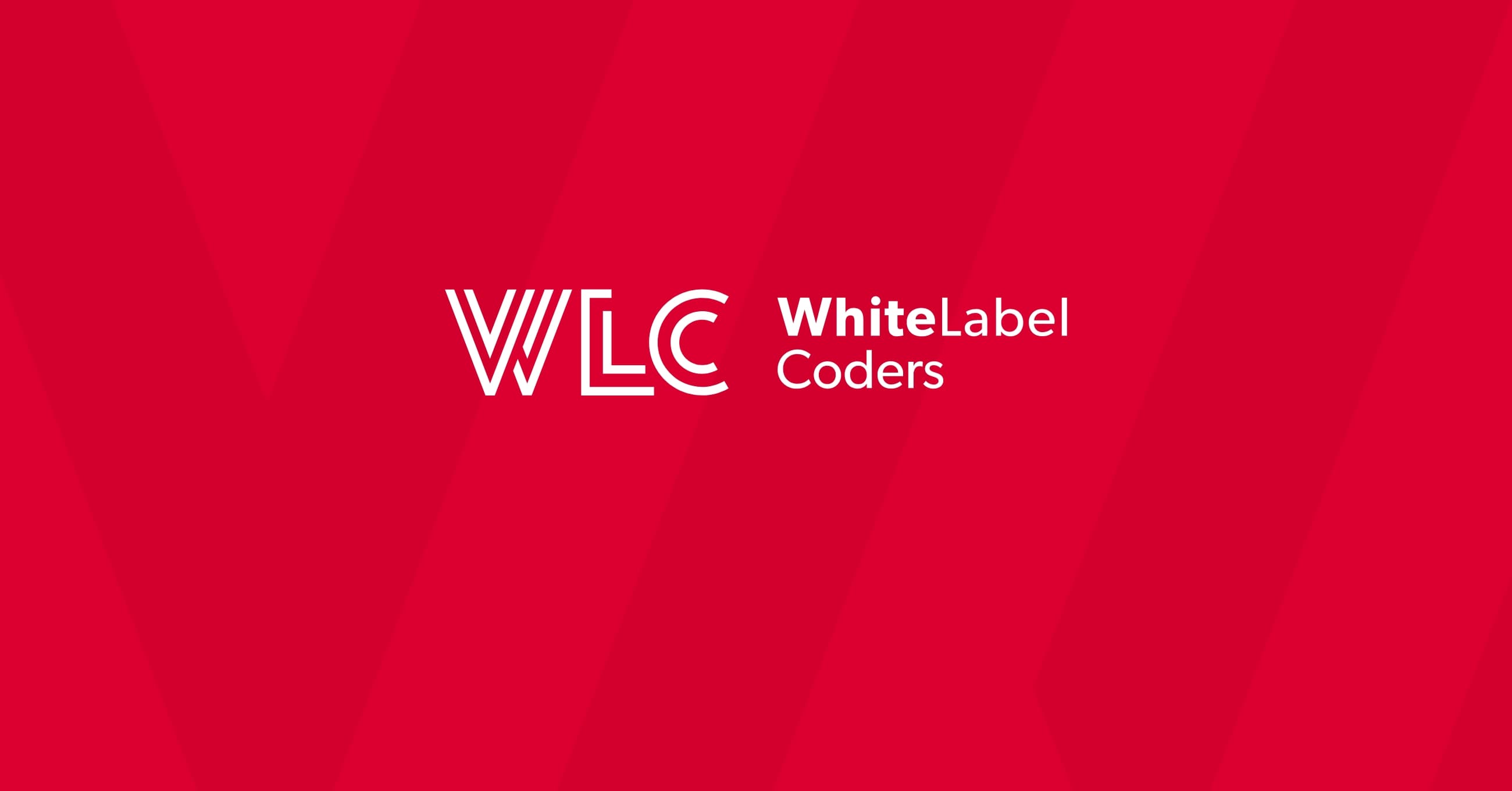Category: SEO AI
How to build scalable affiliate platforms without technical debt

Building an affiliate platform that can handle millions of visitors without breaking down is harder than most people realise. You start with good intentions and a solid plan, but somewhere along the way, quick fixes pile up, performance drops, and your development team spends more time patching problems than building new features.
This isn’t just about slow loading times or frustrated users (though those hurt too). Technical debt in affiliate platforms creates a domino effect that impacts everything from your search rankings to your bottom line. The good news? You can build scalable affiliate platforms that grow with your business instead of holding it back.
We’ll walk through why most platforms struggle with scale, what technical debt actually costs your business, and practical strategies for building foundations that support long-term growth. You’ll also discover performance optimisation techniques that work specifically for high-traffic affiliate sites.
Why most affiliate platforms collapse under their own weight
Most affiliate platforms start simple. You need a few comparison pages, some operator listings, and basic bonus information. The pressure to launch quickly often leads to architectural shortcuts that seem harmless at first but become major problems as you scale.
Monolithic structures are usually the first culprit. Everything gets built as one large application where changing a single feature requires touching multiple parts of the system. When you need to update bonus information across hundreds of pages, you’re stuck modifying code in dozens of places instead of updating one central source.
Database design problems compound these issues. Many platforms store similar data in multiple tables without proper relationships. Casino information might live in one place, bonus details in another, and reviews scattered across different databases. This creates inconsistencies and makes updates time-consuming and error-prone.
Quick fixes accumulate over time. Need a new landing page fast? Copy an existing one and modify it. Want to add a feature? Write custom code that works around existing limitations instead of fixing the underlying problem. Each shortcut makes the next change harder and more expensive.
Performance suffers as complexity grows. Pages load slowly because the system makes dozens of database queries for information that should be cached. Your development team spends more time debugging issues than building new features. Simple changes that should take hours end up taking days or weeks.
What technical debt actually costs affiliate businesses
Technical debt isn’t just a development problem. It directly impacts your revenue and competitive position in measurable ways that affect every part of your affiliate business.
Page load speeds deteriorate as technical debt accumulates. Your comparison pages might load in under two seconds when you launch, but six months later they’re taking five or six seconds. This matters because users abandon slow sites quickly, and search engines factor loading speed into rankings.
Higher bounce rates follow naturally from poor performance. Visitors who wait too long for pages to load simply leave and visit competitors instead. In affiliate marketing, where conversions depend on keeping users engaged long enough to click through to operators, every extra second of loading time costs you money.
Development costs spiral upward as technical debt grows. Tasks that should be straightforward become complex puzzles. Adding a new casino to your platform might require updating code in ten different places, testing multiple systems, and coordinating changes across various databases. Your team spends more time on maintenance and less on growth initiatives.
Feature launches get delayed because everything connects to everything else. Want to add a new bonus comparison tool? You’ll need to work around existing database limitations, modify multiple page templates, and test extensively to avoid breaking existing functionality. Projects that should take weeks stretch into months.
Lost revenue opportunities multiply as your platform becomes less agile. Competitors launch new features while you’re still trying to implement basic improvements. Market opportunities pass by because your technical foundation can’t support rapid changes or handle traffic spikes during peak periods.
Building scalable foundations for long-term growth
Creating scalable affiliate platforms starts with making smart architectural decisions from the beginning. Modern frameworks provide the foundation you need to build systems that grow with your business instead of constraining it.
Microservices architecture breaks your platform into smaller, independent components that can be developed and scaled separately. Your bonus management system operates independently from your review system, which runs separately from your operator database. This means you can update one component without affecting others, and you can scale different parts of your platform based on actual usage patterns.
Proper database design centralises related information and eliminates redundancy. Instead of storing casino information in multiple places, you create a single authoritative source that all other systems reference. When you need to update an operator’s details, you change it once and the update appears everywhere automatically.
Automated testing catches problems before they reach users. Every code change gets tested automatically to ensure it doesn’t break existing functionality. This gives your development team confidence to make improvements without fear of introducing bugs that could crash your platform during peak traffic periods.
CI/CD pipelines streamline the deployment process and reduce the risk of human error. Changes move from development to production through standardised, automated processes. This means you can deploy updates more frequently and with greater confidence, enabling faster response to market opportunities.
Modern frameworks like those used in WordPress development provide clean, maintainable code structures that support long-term growth. These frameworks enforce best practices in programming and provide built-in security features that protect your platform as it scales.
Performance optimisation strategies that actually work
High-traffic affiliate platforms need specific performance optimisations that go beyond basic website speed improvements. These strategies focus on handling large amounts of data and traffic while maintaining fast loading times across different geographical regions.
Server-side rendering generates pages on the server before sending them to users’ browsers. This approach works particularly well for affiliate sites because it improves initial page load times and helps search engines index your content more effectively. Users see content faster, and you get better search rankings.
Advanced caching systems store frequently accessed data in memory for instant retrieval. Instead of querying your database every time someone visits a casino comparison page, the system serves pre-generated content from cache. This dramatically reduces server load and improves response times, especially during traffic spikes.
CDN integration distributes your content across multiple servers worldwide. When someone in Australia visits your platform, they get content from a server in Sydney rather than waiting for data to travel from a server in London. This reduces latency and improves user experience regardless of geographical location.
Database optimisation focuses on the specific queries that affiliate platforms use most frequently. Bonus information, operator details, and review data get indexed and structured for fast retrieval. Complex comparison queries that might take seconds on poorly optimised systems execute in milliseconds.
Core Web Vitals improvements target the specific metrics that Google uses to evaluate user experience. Understanding everything you should know about Core Web Vitals includes optimising largest contentful paint (how quickly main content loads), first input delay (how quickly pages respond to user interactions), and cumulative layout shift (how stable pages are as they load).
These performance optimisations work together to create affiliate platforms that handle high traffic volumes while maintaining excellent user experience. The result is better search rankings, higher conversion rates, and the ability to scale without performance degradation.
Building scalable affiliate platforms without technical debt requires careful planning and the right technical approach from the start. The strategies we’ve covered help you avoid common pitfalls and create foundations that support long-term growth. When working with an outsourcing company or considering web development outsourcing, White Label Coders can help you implement scalable architecture and performance optimisations that grow with your business.

